Jindřiška Deckerová: We’re still far from fully autonomous robots — but there are other causes for concern
Robots led by artificial intelligence will soon play a major role in logistics, reconstructions of historical heritage, or even humanitarian aid. Researcher Jindřiška Deckerová considers ethical questions in robotics, and shares her experience and award-winning research in academia.
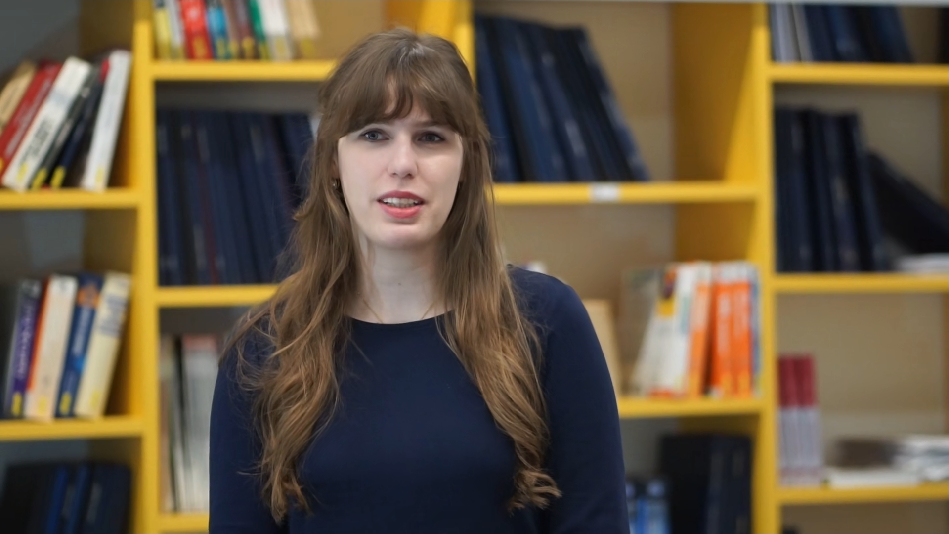
Your academic work combines robotics and artificial intelligence. How do these two fields connect?
AI is a very broad field that spans many diverse subfields. Artificial intelligence and robotics is just a small intersection between disciplines that deal with intelligent robots. These are able to sense their environment and make decisions based on the information they gather. Most have, for example, a neural network that recognizes that the robot has just stepped on grass and decides where it should go next. Artificial intelligence enables this perception of the outside world and decision-making in robots – oftentimes through computer vision or other analytical algorithms. The advantage of using AI for robotics is that all algorithms do not have to be run and tested on a single robot: they can usually be used on different platforms and for different purposes.
That was one of my questions: can be a robot without AI, and vice versa?
Absolutely. There are robots programmed for only one activity which do not use artificial intelligence. There are also robots controlled by humans, with minimal use of AI altogether.
And there are also algorithms within the field that do not need a robotic form to function: for example, programs that can beat you at chess or recognise your face in footage taken from security cameras in the Prague metro work with principles of artificial intelligence. There is some intersection between these diverse subfields, but often not very big.
What is the nature of your work with AI?
In my research, I focus on solving continuous routing problems. These are problems that are motivated by robotic planning tasks, such as data collection, landmark mapping, and object scanning. What these problems have in common is that they involve planning an optimal path visiting multiple locations. This planning can be conceptualised as the “Business Traveller Problem”. In theory, if we solve this popular combinatorial problem, we actually have a solution which can guide our robotics, too.
What is the biggest challenge when studying these problems?
The problems I look at are usually not exactly neat and simple. Robotic problems usually require more complex and continuous problem formulations. For example, if we are collecting data from users by some wireless means, we don’t need to visit the user directly, only approach them at a certain distance. That allows us to shorten the optimal path, yet in addition to the combinatorial TSP we now also have to address the continuous problem of what is the best point to visit the radius of that customer.
I have been solving these more complicated problems since my undergraduate studies. In my bachelor thesis I selected the most interesting locations using a so-called artificial neural network. Then I elaborated on the topic in my master thesis, where I solved continuous business traveller problems heuristically and with the help of so-called exact methods.
And what does my work consist of? Usually it’s some problem that I’m trying to solve using different algorithms – commonly ones that I may have already used for something else, but often using new ones. I then publish the successful solutions. I also have the opportunity to do various experiments, for example on a walking robot with an arm.
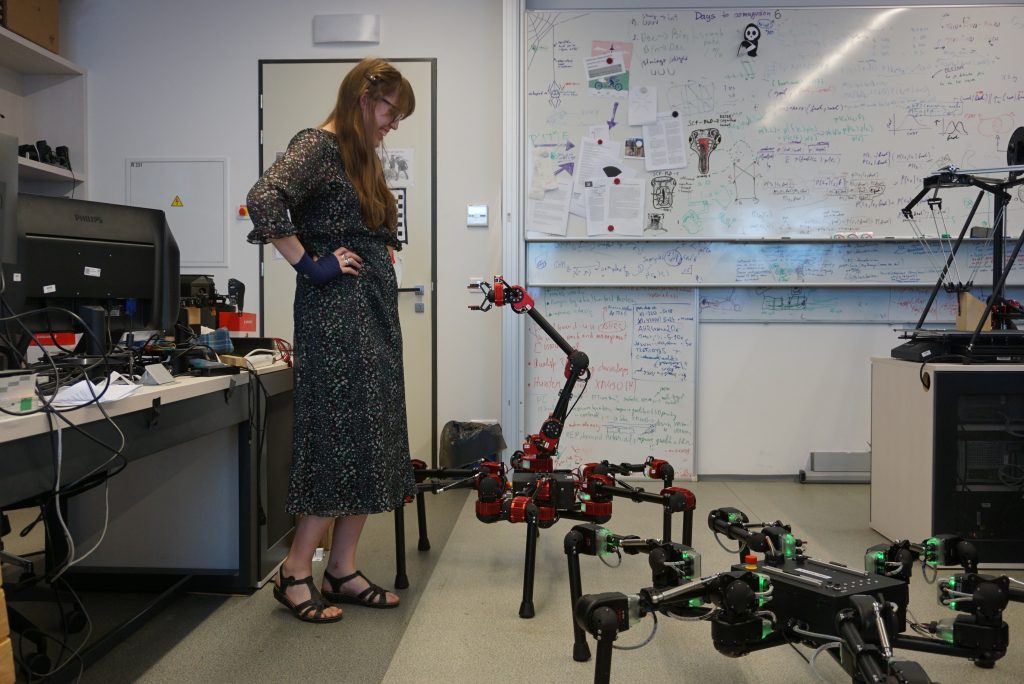
Did you set a specific goal for your research?
Goals always depend on the approach one chooses, as our leader Professor Faigl never fails to point out. You can take a scientific approach to a problem, but also engineering one: both are quite different. The engineering approach is usually about improvement – about striving to make something faster, more efficient, better. The scientific approach, on the other hand, rather focuses on applying an established system to new situations, in order to study the problem in more detail and understand it better. Both approaches – or even their combination – can lead to valuable solutions to the problems we are looking at. My personal goal tends to change dynamically. It also depends on the level of priority I attach to each individual project.
In December, you were the first woman to win the IT Spy competition for the best technical thesis. How did the competition go?
IT Spy is an annual award highlighting the best technical theses which held its 12th edition last year – still taking place online, due to the pandemic. Each year individual faculties select the best theses which are then read and evaluated by an expert jury consisting of twelve academics and industry professionals. Based on their consideration, they select a short-list.
My own thesis was titled “Generalized Routing Problems with Contiguous Neighborhoods“, and aimed to devise an algorithm for finding an optimal route. The work as well as the problems it addressed were inspired by projects where autonomous drones and robots are deployed to scan historical interiors and photograph buildings. My work was shortlisted by the IT Spy jury, and eventually won the competition: I think the work stood out thanks to its optimal approach, which is still rather unusual when addressing similar problems.
Are these scientific solutions already used in practice?
My research can be applied when mapping historical sights with autonomous drones, as mentioned above (such projects are currently undertaken by the Multi-Robot Systems group at CTU, among other international initiatives). Recently, the use of drones and robots in agriculture has become very popular. Autonomous drones are also often used to deliver medical supplies to areas that are inaccessible to humans or other machines. Drones are being tested to support humanitarian missions in Africa, for example. In these and other similar use-cases, it is important to ensure that multiple drones work together as efficiently as possible and one machine does not have to visit two locations unnecessarily.
Are there already drones that you would describe as reasonable?
It depends on your definition of “reasonable”. Many researchers are currently working on robots that can process external sensations and learn to make decisions based on how they are programmed. Intelligent robots do exist, but equating the term “intelligent” to examples from popular movies like I, Robot or Hitchhiker’s Guide to the Galaxy would be getting ahead of ourselves. Still, we’re the closest we have ever been – at Japanese technology fairs, for example, they’re presenting robots that can do incredible things. I’m a little afraid of fully autonomous robots. As a researcher, I know I don’t have to worry because we won’t have those for quite a while, but the technology is evolving fast.
Does your field have any clearly defined ethical positions regarding such topics?
The guiding principle for programmers and scientists is the prohibition of plagiarism. One must learn to cite sources properly. Then, within robotics, there is the principle that the “creator” should always be responsible for his invention – although that sounds like something from Frankenstein. The law of robotics, for example, states that a robot ought not to harm a human. And at the same time, there is a branch of so-called robot rights that advocates for legal protection of robots.
There are plenty of opinions on these matters. I believe in the guiding ethical principle that robotics and artificial intelligence should not be used against humanity – on the contrary, technology should help people. But it is important to remember that it can be misused – for example, training computer vision and facial recognition systems to track people balances on the edge of good scientific ethics. Maybe it even falls beyond.
What rights do you think robots should have?
This is a similar dilemma to the debate on animal testing versus human testing. Everyone sees it a little differently.
What research would you personally not go into because of ethics?
Anything can be used for harmful purposes. Even the most well-meaning research work can be appropriated for nefarious purposes. But on the other hand, our research has the potential to help, for example, rescue workers who send robots to help where it would be dangerous to send people. Personally, I would be worried about research in the healthcare sector – such as programming robotic arms to take out appendixes. Something like that implies huge responsibility, just a millimetre off and it could be fatal. I wouldn’t dare to design robots in order to serve as police officers or psychologists, either. I believe there are still activities that should be kept for humans.
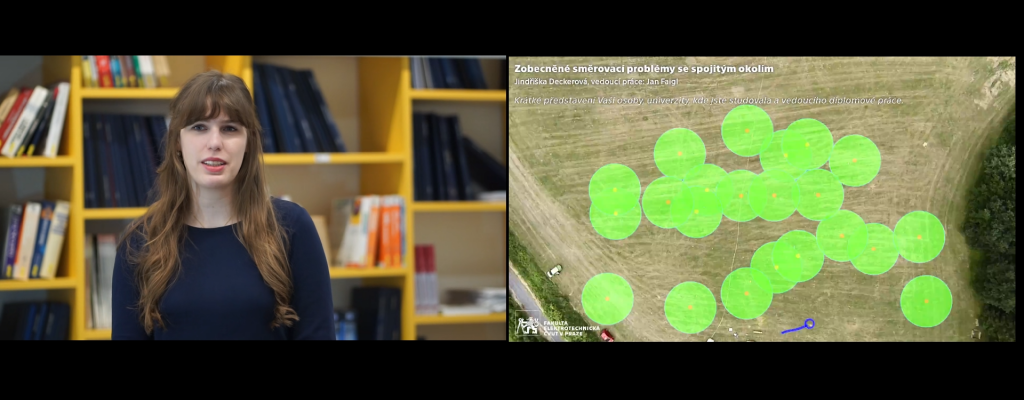
What motivated you to study artificial intelligence? Was it the robots in the books and films you mentioned?
I actually got into AI by accident when I needed a topic for my bachelor’s thesis. Professor Faigl had taught me programming during my undergraduate studies, and I came across him again at a fair where various labs were presenting possible topics for bachelor’s and master’s theses. Our lab was demonstrating walking robots and drones. I liked the way the robots moved, I thought I’d give it a try. And so I became a “robotics theorist” because I was more interested in theoretical problem-solving than in its practical application. And eventually it has led me to science and research. I really enjoy it.
Do you see any interest in studying artificial intelligence among Czech students?
Definitely, now AI is everywhere and a lot of people are interested in it, which is great. There’s more to AI than just robots and different neural networks – it’s also computer vision, where you need a lot more mathematics. There’s something for everyone. I also know a lot of people who prefer more practical aspects of computer science such as software development, and AI can be used there too. There are lots of possibilities.
What all does studying at CTU allow you to do?
I graduated from the Open Computer Science programme at the Faculty of Electrical Engineering, and the main focus of our undergraduate professors was to teach us how to think. It wasn’t about learning how to use some popular technology, but rather about how to approach and solve various problems. In addition, the programme involved a lot of theory. I believe the biggest opportunity that OI and FEL offer is the ability to study anything that sparks your interest instead of specialising in one field – even though it can be administratively difficult to coordinate. A good example of this is the prg.ai Minor, or the choice of minors within the OI more generally.
Students also have the opportunity to pursue research as a career thanks to the continuity of undergraduate to master’s to doctoral studies. At the same time, students can try their hand at doing research early on as part of their undergraduate degree at FEL. We involve students not only in our computational robotics laboratory, but in the entire artificial intelligence center of which we are part. This gives people the opportunity to experience research work, from reading papers for the first time to experimenting, processing results and writing their own publishable papers. And I think that either puts students off or gets them excited for a future in academia.
How do you feel about being a female researcher at CTU?
At CTU, the percentage of women is already growing – slowly but surely. For example, Open Computer Science includes fields where female representation is already much higher. It is far from being the traditional men’s club one may think of. I don’t feel that I am somehow disadvantaged or advantaged. My colleagues and other students care more about whether I understand the field and have a passion for it.
What do you like about the academic environment?
The academy gives me an opportunity to keep learning. Not that my grades have always looked the part, but I love learning new things. And academia allows me to exercise that curiosity. In addition, there are plenty of opportunities for further development: personally and career-wise. You don’t just have to do research, you can teach or continue your studies even further, become an associate or professor. It seems to me that in the private sector it is much more variable. Most employees are not quite as free to develop their own ideas, they have to focus on assigned tasks. Whereas at the university I was able to come up with my own project which interested me, and I was given the opportunity to implement it myself. It seems to me that the private sector is slower in this respect, but of course it also has a lot of advantages. Still – unless I would be able to found my own company, I think I would steer clear of the public sector for now.
In what direction do you want to develop further in the academy?
I enjoy science, despite the occasional bad periods. I enjoy teaching, too, learning new information and passing it on to others. I don’t pretend to be great at it, but according to the student surveys it’s not quite so bad. Even in my research there is still room for improvement: I have come a long way in the last four years in terms of understanding problems and solving them. But there is still room for development, which is why I am continuing on to my PhD.
Next up from prg.ai

Typical Prague AI firm is young, self-sufficient, and export oriented, shows our new comprehensive study
130 companies, 11 interviews, 9 business topics. Explore all that and more in the unique study authored by prg.ai, which contains an overview of last year's most notable events on the local AI scene or articles on the future of AI or gender equality in research.
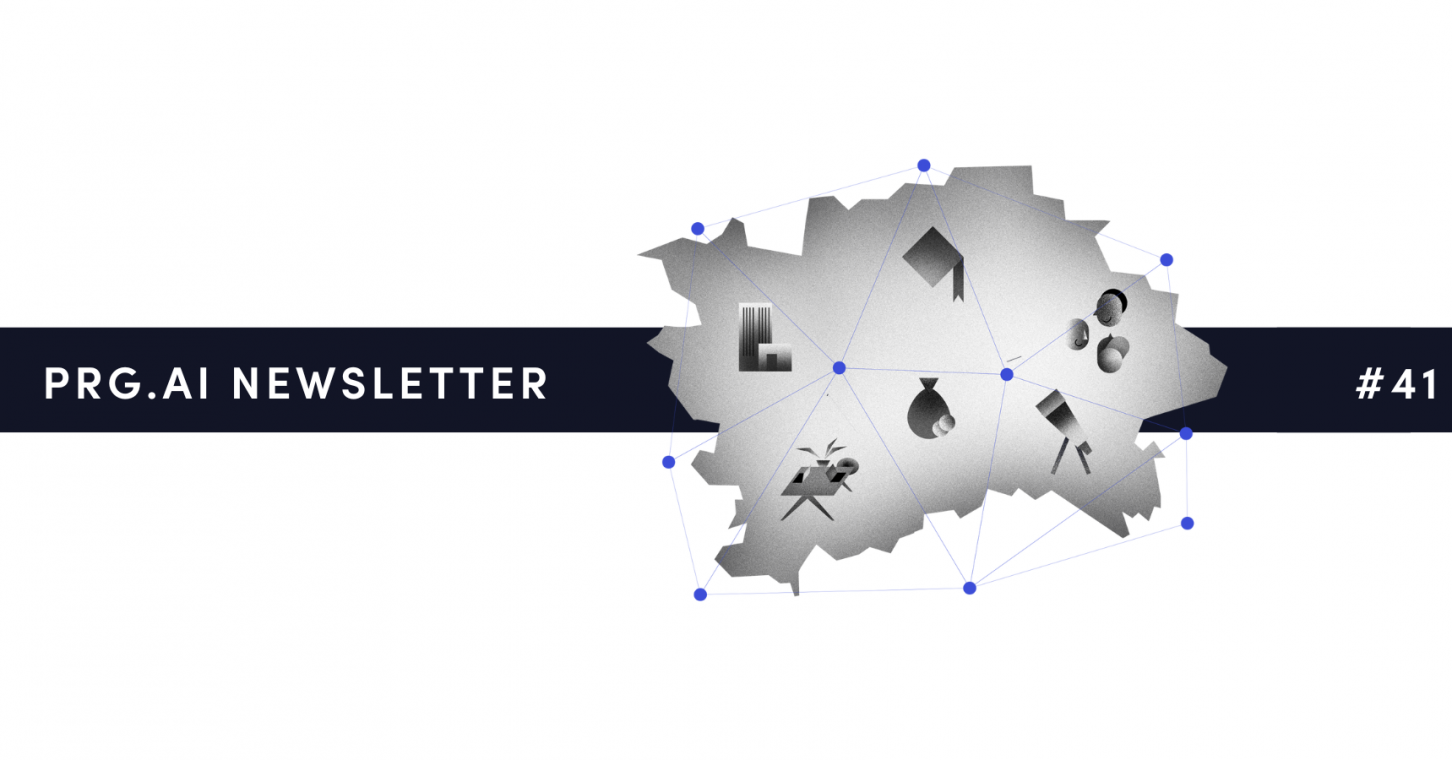
prg.ai newsletter #41
The first spring edition of our newsletter! Get the latest prg.ai updates, exciting news from the Prague AI scene, a curated list of interesting events, open positions, and much more. Stay in the loop!
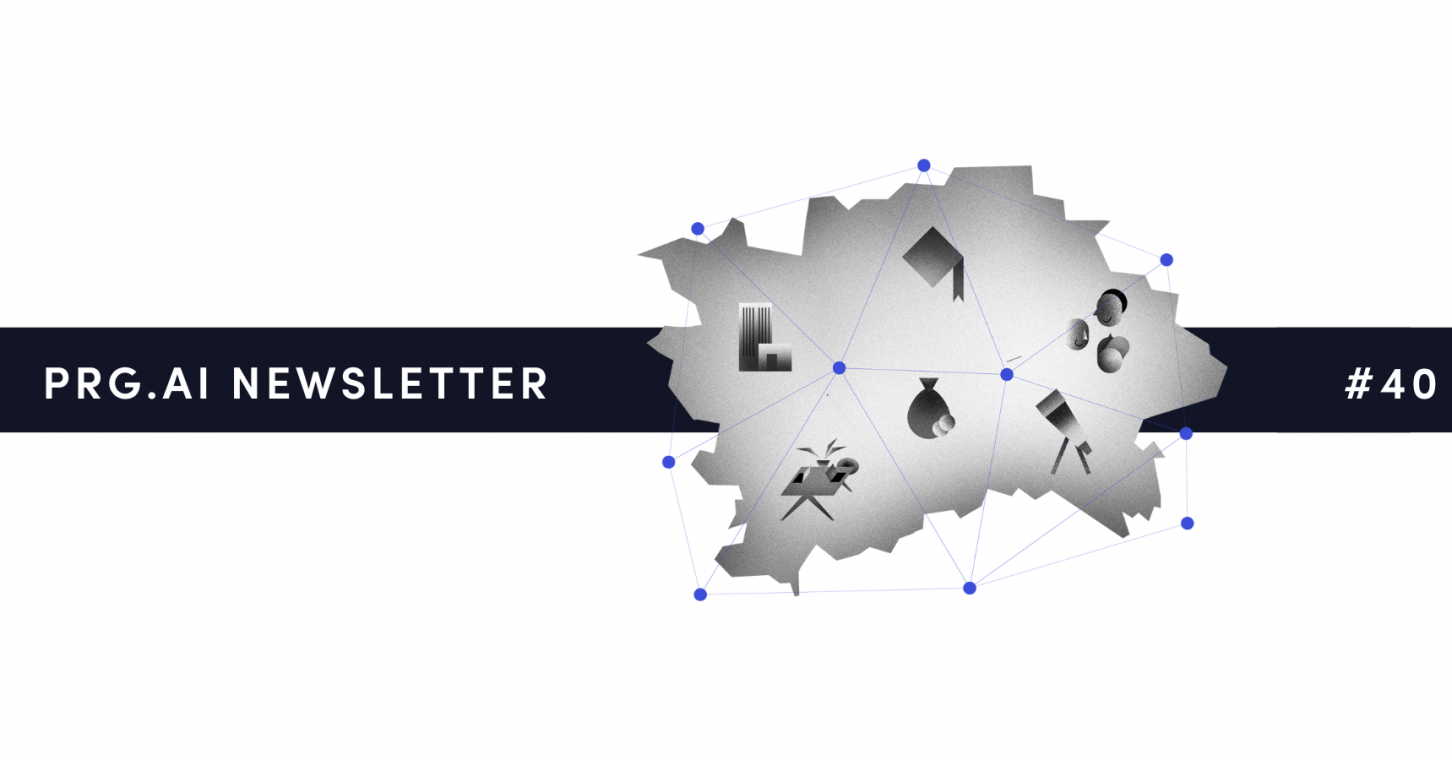
prg.ai newsletter #40
The fortieth milestone issue of the prg․ai newsletter is packed with news and intriguing facts not only from the Prague AI scene. Keep reading so you don't miss out on anything!
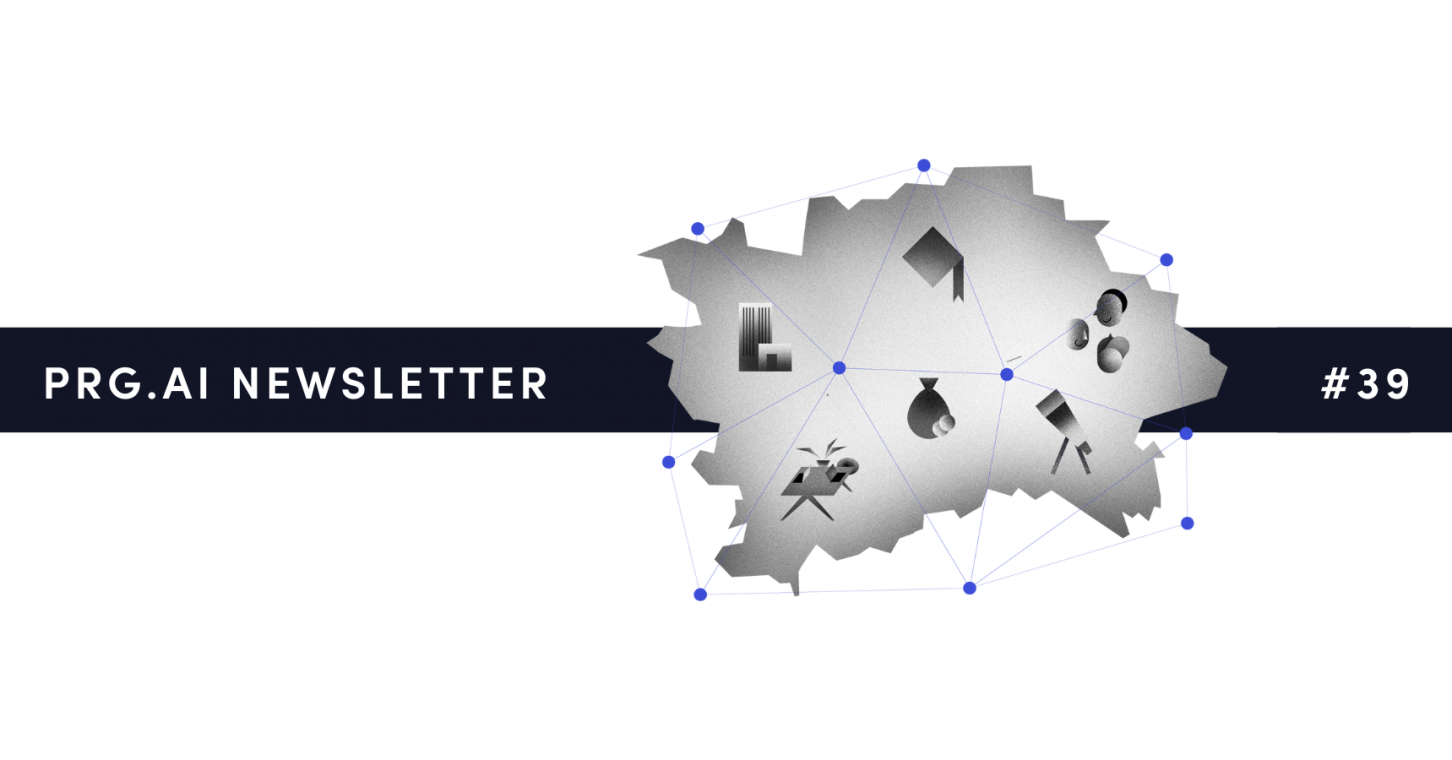
prg.ai newsletter #39
What did the first month of 2024 bring, and what can you look forward to in February? Find out in the next prg.ai newsletter. Check out what's new on the artificial intelligence scene (not only) in Prague.


